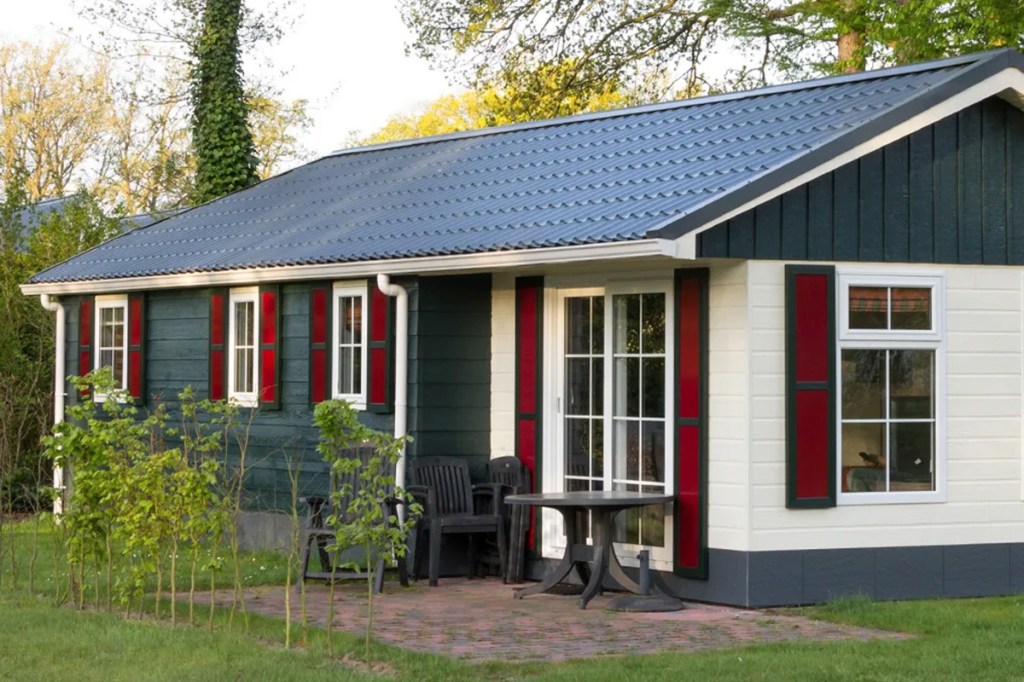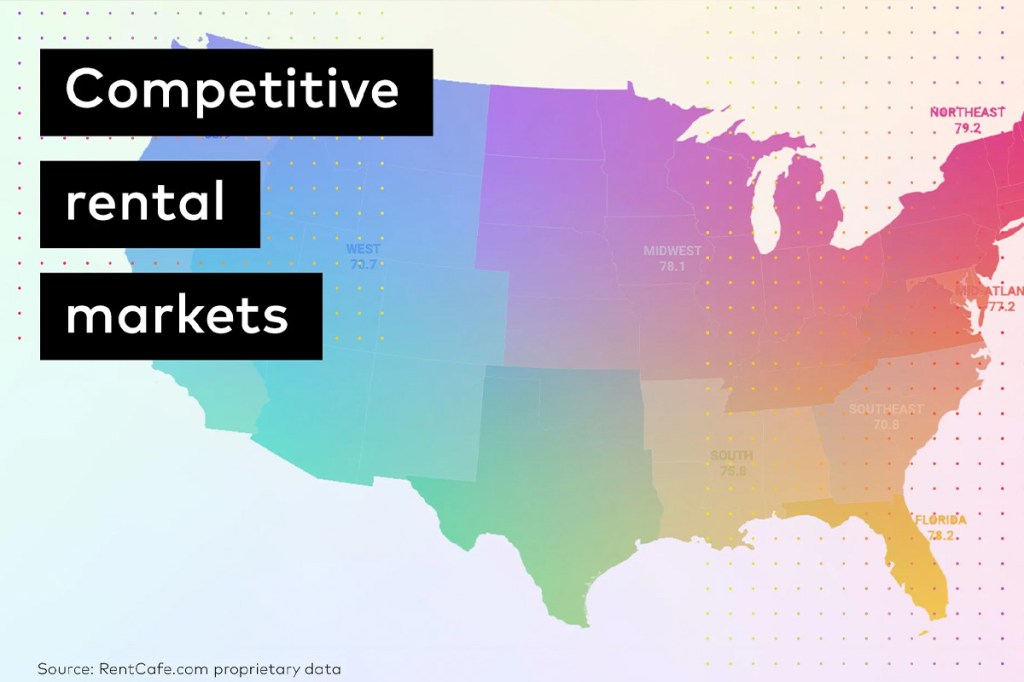
In recent years, manufactured housing has emerged as a crucial component in addressing the affordable housing crisis in the United States. Once viewed as a less desirable housing option, this sector has undergone a transformation, capturing the attention of investors and innovators alike. This article delves into the reasons behind this shift, the challenges faced and the technological advancements propelling the industry forward.
Manufactured housing is a growing investment opportunity
Do manufactured homes hit the sweet spot for investors? The answer is mixed.
Reason to be excited
As affordable housing becomes increasingly scarce, consumers are turning to manufactured homes. This has led to a surge in development. In 2022, Lesli Gooch, CEO of the Manufactured Housing Institute, noted the production of over 100,000 units in 2021. This was the first time this has happened since 2006. With regards to affordability, each home averaged $87,000.
This tracks with other statistics on the cost of manufactured housing. MHVillage pointed out that the average cost per square foot of a site-built home is $139.20. The average cost per square foot for a manufactured home is $72.46.
Michael Callaghan, managing partner with Four Leaf Properties, spoke of the extensive development activity, including UMH Properties and Nuveen Real Estate’s new joint venture making a significant $170 million investment in new communities. The sector’s resilience is emphasized by its ability to adapt during supply chain disruptions and economic downturns. Gooch also pointed out the flexibility afforded by factory-based production, which allows for sourcing alternative materials and meeting HUD specifications.
Reason for concern
The sector’s stability and low operating costs have attracted the investment community, especially in challenging markets. However, there has been a growing concern about insufficient stock to meet investor demand. Callaghan noted that about 80% of activity involves properties not considered institutional grade. “Around 80 percent of the activity in manufactured housing fits that [non-institutional] category,” he said. “That’s the product the big [investors] don’t want.”
Development goes on, but many in the industry are still waiting for the tide to truly turn in favor of this underappreciated and often undermined sector.
Challenges & innovations in community management
As manufactured housing increases its appeal to renters and investors alike, more property managers are looking for specific tech that caters to this industry. That’s according to Paul Quigley, a Yardi account executive who specializes in manufactured housing. He says that tracking tools are necessary to simplify complex, manual processes.
The follow section is an excerpt of an interview with Paul on the ways community management software can resolve the most frustrating challenges in manufactured housing management.
The importance of violations tracking in community management software
The ability to track violations is important because eviction laws and regulations are different in each state. These laws inform how the property manager communicates violations to the resident, whether that be via email or physical printout.
The ultimate goal of violations tracking
It really boils down to whether violations were tracked sufficiently enough to warrant an eviction. Once that process is underway, property managers need all their ducks in a row to get through it. That’s where a violations tracking tool like Yardi Breeze Premier can be a huge help to owners and operators. It’s really quite intuitive and simple.
It’s all about communication
The fact that Breeze Premier ties in with resident communication is huge. Our cloud-based system maintains a permanent record of all communication. In order to track violations, you need to be able to see when communications took place, verify the appropriate action was taken at the appropriate time and check that the right number of notices were sent.
Working across state lines
We have clients with multiple MH communities in different states. Each community’s violation documents pertain to the state the park is listed in. So, if someone has parks in Florida and California, they can have those specific violation notices sent out containing the language and method required by the state.
The challenge of working without modern software
If an MH owner or manager doesn’t have any type of community management software, a lot of this stuff falls through the cracks. Violation tracking becomes a series of manual processes. That means emailing out notices or physically having site staff bring notices to the home.
This is where operators can get into trouble. Down the road, when they’re trying to evict somebody, the property manager’s case goes through the court system. If they don’t have the exact, specific wording in their violation notices, they can’t prove that they notified this resident the correct number of times, in the right way and in the necessary timespan.
How Breeze Premier streamlines the notification process
Once you create a violation, you can attach photos and videos to it. Then send them in text and email. It makes documentation much more efficient and reliable. Even if the law requires the property manager to mail each notice, it’s still very easy to create the violation in Breeze Premier, then print it out as a PDF. It’s a convenient one-click solution for any manufactured housing community in a state or municipality that requires you to physically mail violation notices to the resident.
You can use the Activity Feed in Breeze Premier to make sure somebody on your site staff follows up on every violation. You definitely want to use the violation tool as the primary means of keeping track, with the Activity Feed as a complimentary notetaking tool. It’s a quick and easy way to schedule follow-ups and inspections as well as other tasks and reminders.
Bottom line for the future of community management
Manufactured housing has always been a more affordable housing option. Now, it’s finally catching the eye of investors looking for stable corners of the real estate market. There are challenges: limited housing stock and production barriers exist, but the industry has proven itself to be resilient and adaptable.
With substantial investments and supportive government initiatives, manufactured housing is shaping up to be a key player in solving the housing shortage and a smart investment choice going forward.



